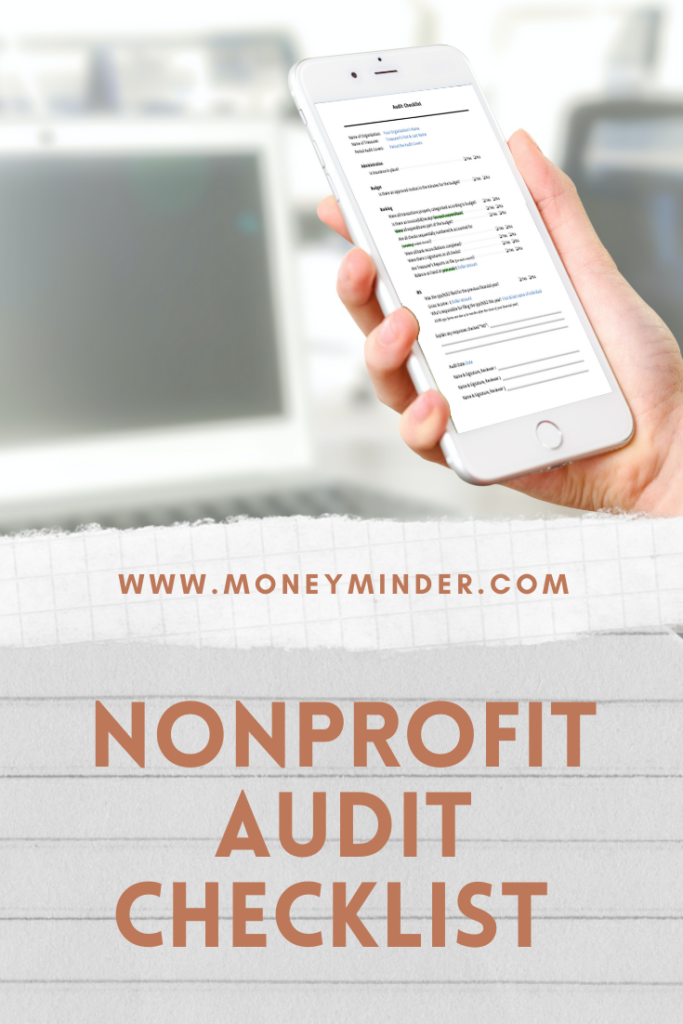Why Perform an Audit?
The annual audit: does the very thought of it make you cringe? While some may consider this task to be a burden, look on the bright side. An audit brings credibility to your organization. The board and membership will be reassured that the financial affairs of the organization are being accurately represented by the financial reports. The treasurer will have confirmation that his or her work was looked at and double-checked for accuracy.
Simply put, the annual audit is a best practice and one that you may as well embrace. We can’t think of a volunteer group that would not benefit from having an audit at the end of each financial year.
Is it an Audit or Financial Review?
 The intention is the same, as it is the same process. The difference is in who does it.
The intention is the same, as it is the same process. The difference is in who does it.
If a paid tax professional does it, it will probably be called an audit. If unpaid volunteers do it, it will probably be called a financial review. We use the terms interchangeably.
For some groups affiliated with national organizations, an audit is a requirement of their affiliation. For example, PTAs are required to conduct an audit at the end of each financial year or whenever there is a change in Treasurers. If you belong to such an organization, audit guidelines will be provided for you. Follow them. For everyone else, use our handy nonprofit audit checklist below.
Set Up Your Nonprofit Audit
- Form an Audit Committee | Find three members to form an audit committee. They cannot have been signers on the bank account (little conflict of interest there). They will need to set aside two or three hours – or more if they run into problems – to do a thorough job.
- Establish the Mission | The Audit Committee’s mission is to confirm, to the best of its ability, that the Financial Reports prepared by the Treasurer accurately reflect the financial status of the organization. This is not a witch-hunt!
- Set a Time and Place | Determine a time and place where the Audit Committee can meet, during which the Treasurer is available to answer questions. It is best if the Treasurer is not present during the audit. The Audit Committee needs to review materials as they see fit, not as the Treasurer decides to present them. You will need room to spread out documents and reports. You may require a computer and possibly Internet access.
Now you are ready to start your audit! This nonprofit audit checklist will come in handy. Simply customize the organization’s information and the time period and begin.
Once you finish your checklist, write your report. State your findings. Make observations. Be truthful, accurate and kind. Remember that you are all volunteers and your purpose here is to report your findings step-by-step and make recommendations for the future.
 Connect your Venmo account to MoneyMinder PRO to directly download transactions, saving you time and effort. You just review the transactions to ensure they are properly categorized and fill out any required fields.
Connect your Venmo account to MoneyMinder PRO to directly download transactions, saving you time and effort. You just review the transactions to ensure they are properly categorized and fill out any required fields. Connect your Bank, Paypal and Square accounts to MoneyMinder PRO to directly download transactions, saving you time and effort. You just review the transactions to ensure they are properly categorized and fill out any required fields.
Connect your Bank, Paypal and Square accounts to MoneyMinder PRO to directly download transactions, saving you time and effort. You just review the transactions to ensure they are properly categorized and fill out any required fields. Connect your Bank, Paypal and Square accounts to MoneyMinder PRO to directly download transactions, saving you time and effort. You just review the transactions to ensure they are properly categorized and fill out any required fields.
Connect your Bank, Paypal and Square accounts to MoneyMinder PRO to directly download transactions, saving you time and effort. You just review the transactions to ensure they are properly categorized and fill out any required fields. Join It is a membership management service that helps businesses and nonprofits effectively sell, track, and grow their membership.
Join It is a membership management service that helps businesses and nonprofits effectively sell, track, and grow their membership. Connect your Bank, Square and PayPal accounts to MoneyMinder PRO to directly download transactions, saving you time and effort. You just review the transactions to ensure they are properly categorized and fill out any required fields.
Connect your Bank, Square and PayPal accounts to MoneyMinder PRO to directly download transactions, saving you time and effort. You just review the transactions to ensure they are properly categorized and fill out any required fields.